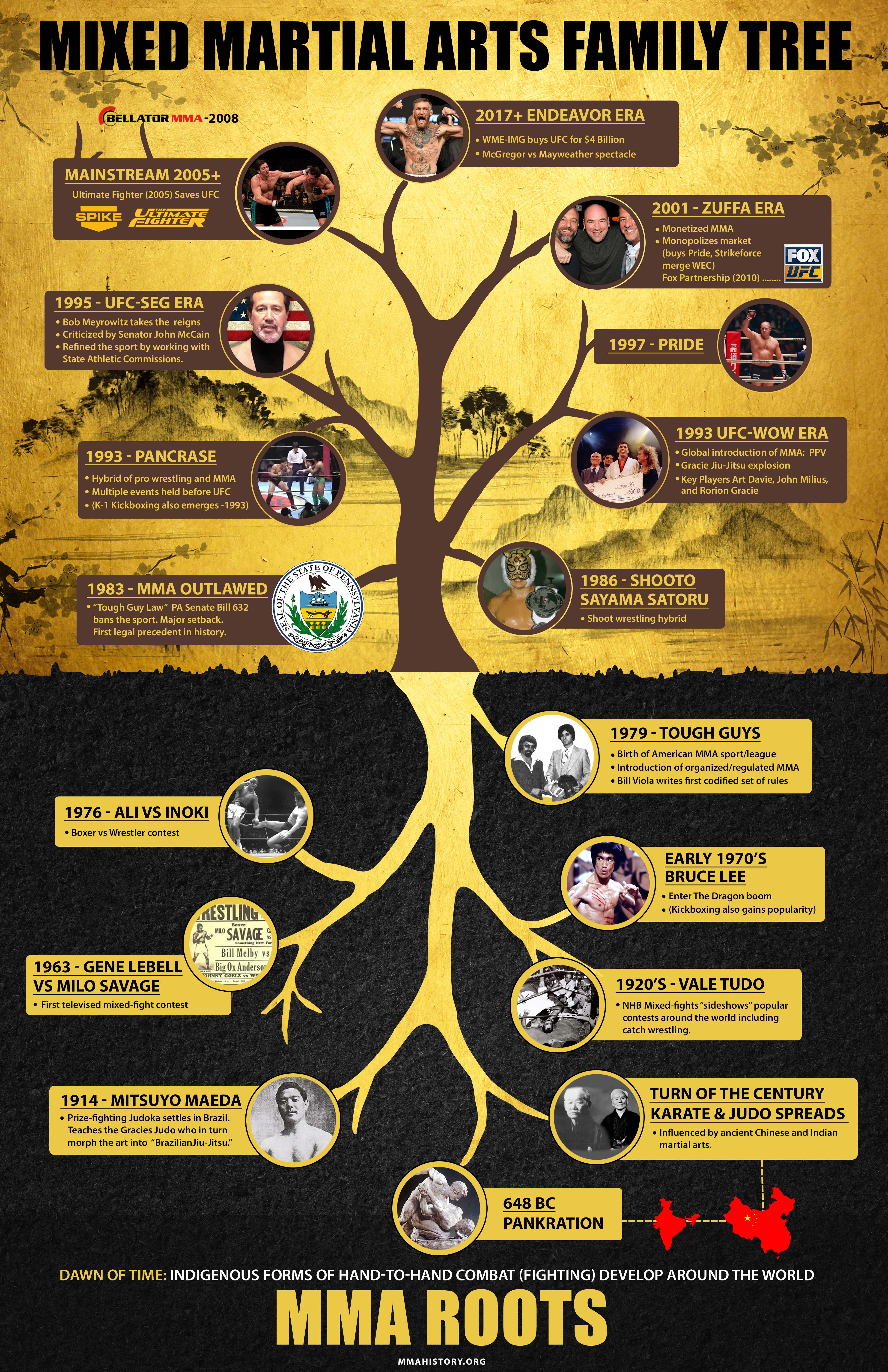Conventional Martial Arts And Modern Fight Sports: A Comprehensive Introduction Of Their Distinct Distinctions
Conventional Martial Arts And Modern Fight Sports: A Comprehensive Introduction Of Their Distinct Distinctions
Blog Article
Write-Up Developed By-Bright Haagensen
When you think of martial arts, do you lean a lot more towards the typical methods or the modern-day combat sports? Each path offers distinct benefits and experiences, formed by their approaches and training methods. Traditional martial arts stress personal development and discipline, while modern battle sports focus on competitors and efficiency. Comprehending krav maga personal trainer near me can lead you in selecting the best method for your journey. But just how do these distinctions manifest in training and approach?
The Ideology and History Behind Traditional Martial arts
While many people associate martial arts with physical combat, the viewpoint and background behind standard martial arts run much deeper. You'll discover that these techniques highlight individual development, self-control, and respect.
Stemming from old methods, traditional martial arts were frequently created for Self-Defense and spiritual development. They personify concepts such as equilibrium, consistency, and self-control, directing experts beyond simple combating abilities.
As you educate, you'll not only learn techniques but also get insights into the culture and worths that shaped these arts. The rituals and customs, frequently given through generations, cultivate a sense of neighborhood and belonging.
The Competitive Nature of Modern Battle Sports
Modern battle sporting activities have actually transformed the landscape of martial arts right into a highly competitive arena, where athletes challenge in a test of ability, technique, and endurance.
You'll discover that competitors are frequently arranged with rigorous guidelines and guidelines, making certain fair play and safety and security. These occasions draw in big audiences, sustaining the excitement and strength of competitions.
Professional athletes train carefully, not just for physical expertise but also for psychological toughness, understanding that every information counts in the ring. The adrenaline rush during competitors is palpable, as fighters push their restrictions to assert victory.
Followers value the athleticism and artistry entailed, making contemporary combat sports a thrilling spectacle that continues to develop and astound fanatics around the globe.
Training Techniques and Strategies: A Comparative Analysis
The competitive atmosphere of contemporary fight sports needs ingenious training techniques that vary considerably from standard martial arts.
In martial arts vs boxing which is better -day training, you'll concentrate on certain techniques, sparring, and conditioning, typically making use of drills that simulate real battle circumstances. You'll see a focus on quantifiable performance and constant competitors to assess your skills.
On the other hand, conventional martial arts focus on kinds, katas, and thoughtful teachings, commonly emphasizing discipline and respect over competition.
Training is generally less intense and may entail repeated technique instead of real-time sparring.
While both approaches develop skill and physical fitness, modern-day fight sports provide a more dynamic and versatile training setting, preparing you for instant obstacles in the ring or cage.
Choose the course that lines up with your goals and passions.
Final thought
In selecting in between traditional martial arts and contemporary fight sporting activities, it actually boils down to what you value many. If check it out looking for personal development, technique, and a sense of community, traditional arts might be your finest fit. However if you thrive on competitors and real-time obstacles, modern-day combat sports could be the means to go. Ultimately, both courses supply one-of-a-kind advantages, so it's all about aligning your training with your personal objectives and interests.
